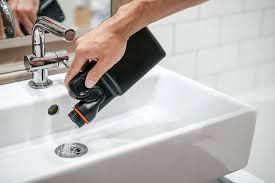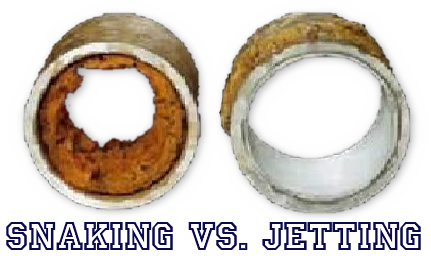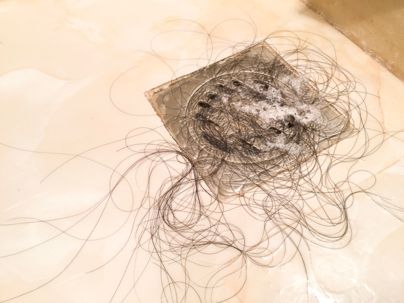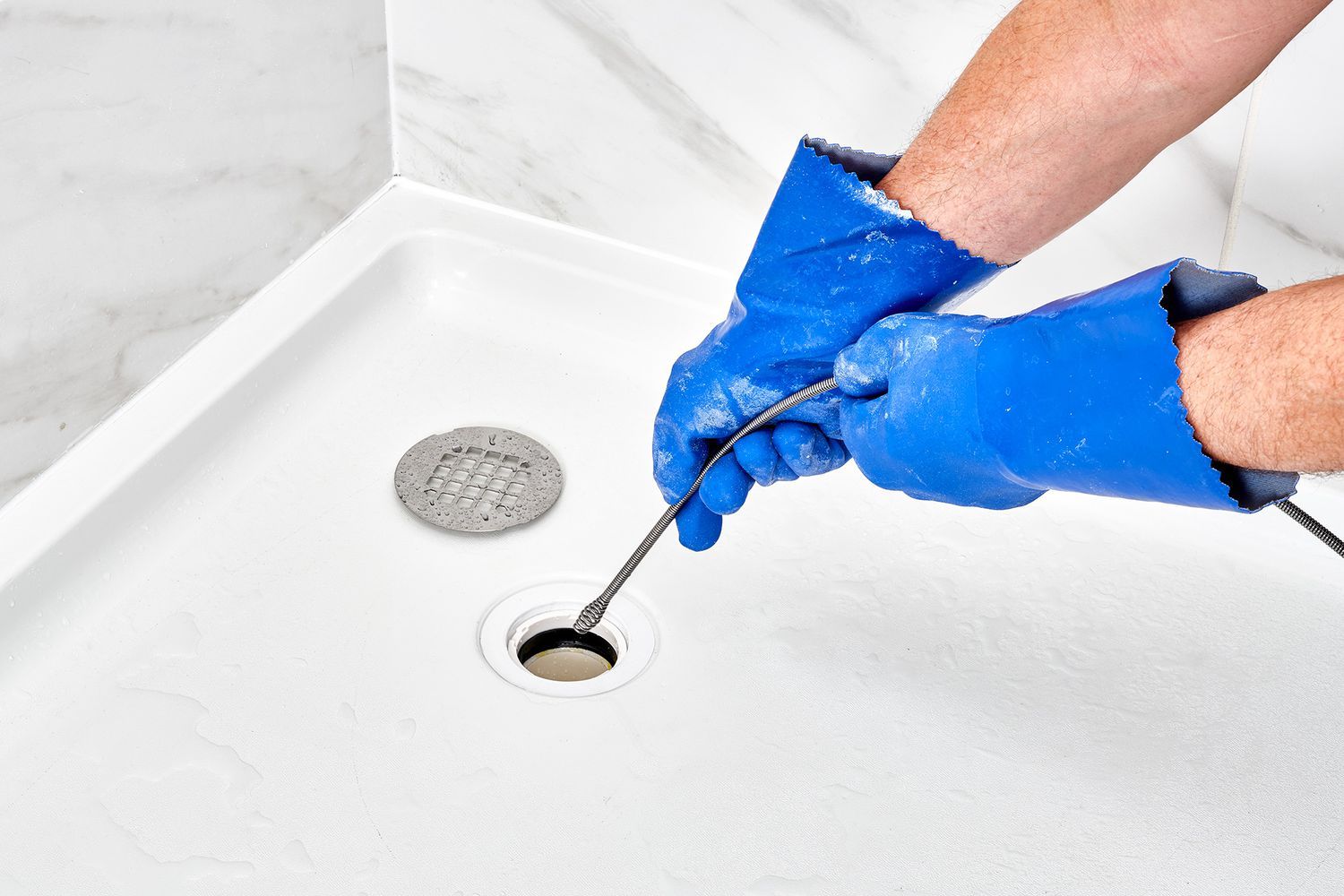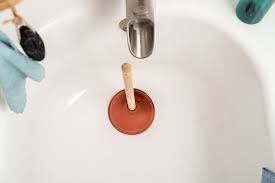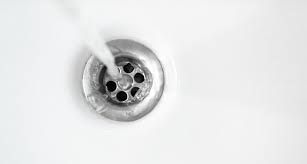How to Prevent Sewer Line Clogs
When it comes to home maintenance, one of the most unpleasant—and costly—issues a homeowner can face is a clogged sewer line. Not only can it disrupt your daily routine, but it can also lead to serious damage to your plumbing system, property, and health. Fortunately, there are many ways to prevent sewer line clogs before they become a serious problem. This guide will walk you through the causes of sewer clogs, the risks involved, and practical steps you can take to prevent them from happening in the first place.
"The Role of Root Intrusion in Sewer Line Damage"
What Causes Sewer Line Clogs?
Understanding the root causes of sewer line clogs is the first step toward preventing them. Sewer lines are responsible for carrying waste from your home to the municipal system or septic tank, and they can become blocked for various reasons. The good news is that most of these causes are preventable with the right care and attention.
1. Grease and Oil Buildup
One of the leading causes of sewer line clogs is the buildup of grease, fats, and oils in the pipes. When you pour grease down the drain after cooking or washing oily dishes, it cools and solidifies as it travels through the pipes. Over time, this can create a thick coating inside the pipes, narrowing the passageway and eventually causing a blockage. You might not notice the problem right away, but grease accumulation can lead to slow drainage or completely clogged pipes if not addressed.
2. Tree Roots Intrusion
Tree roots are another common culprit behind sewer line clogs. While it might seem unlikely that roots could infiltrate your pipes, they are often drawn to the moisture and nutrients found in the wastewater flowing through your sewer line. As the roots grow, they can break through the pipe walls, causing cracks or even complete blockages. In severe cases, tree roots can completely disrupt the flow of water, leading to significant plumbing damage.
3. Flushing Foreign Objects
It’s easy to forget that your sewer line is only meant to handle waste and toilet paper. Flushing items like baby wipes, feminine hygiene products, paper towels, and even cotton balls can quickly lead to clogs. These items don't break down in water the same way toilet paper does, and as they travel down the pipes, they can get stuck in bends and twists, causing significant blockages over time.
4. Pipe Corrosion
Old or corroded pipes are particularly prone to clogs. Over the years, pipes can deteriorate due to age, wear and tear, or exposure to harsh chemicals. Corrosion can narrow the inner diameter of the pipe, creating a perfect environment for debris and waste to build up. If your home has an older plumbing system, it's important to have regular inspections to check for potential issues before they turn into costly repairs.
5. Heavy Rain and Flooding
In some cases, severe weather conditions such as heavy rainfall or flooding can lead to sewer line clogs. During a heavy storm, debris such as leaves, branches, and dirt can wash into the sewer system, causing blockages. If your sewer system is overwhelmed by too much water and debris at once, the result can be a backup that affects your plumbing.
Risks Associated with Sewer Line Clogs
Sewer line clogs aren't just a minor inconvenience—they can pose serious risks to your home and health if left unaddressed.
1. Water Damage and Flooding
When your sewer line becomes clogged, wastewater can back up into your home, potentially flooding your basement, crawl spaces, or other lower areas. Not only does this create a health hazard, but it can also damage your flooring, walls, and belongings. Water damage from a clogged sewer line often requires expensive repairs and cleanup.
2. Bad Odors
A clogged sewer line can produce foul odors that can fill your home and make your living environment unpleasant. The smell of sewage is not only unpleasant but can also indicate a serious issue that requires immediate attention. Prolonged exposure to sewage odors can also be harmful to your health.
3. Contaminated Water Supply
In more severe cases, a clog in your sewer line can cause raw sewage to back up into your plumbing system, leading to contamination of your water supply. This can create dangerous conditions, as sewage contains harmful bacteria and pathogens that can lead to illnesses if consumed or touched.
4. Expensive Repairs
The longer you wait to address a clogged sewer line, the more likely you are to face extensive repairs. Tree root removal, pipe replacements, and clearing grease buildup are often costly procedures. In some cases, if the problem is ignored for too long, you may need to replace large sections of your sewer line entirely, which can be a significant financial burden.
How to Prevent Sewer Line Clogs: Expert Recommendations
Now that you understand the risks associated with sewer line clogs, it's time to explore practical, proactive measures to prevent them. Preventing clogs requires ongoing care, but with the right maintenance, you can significantly reduce the risk of sewer problems.
1. Regularly Clean Grease and Oil from Drains
One of the easiest and most effective ways to prevent grease buildup in your sewer line is to avoid pouring grease, oils, and fats down the drain. Instead, collect used cooking oils in a container and dispose of them in the trash. After cooking, clean your pots and pans with a paper towel to absorb any leftover grease. If you already have grease buildup in your pipes, consider using a professional drain cleaning service to clear the lines and prevent further accumulation.
2. Use a Drain Strainer
Preventing foreign objects from entering your sewer line is key to avoiding clogs. Install drain strainers in your kitchen sinks, bathroom sinks, and tubs to catch food scraps, hair, and other debris before they go down the drain. This simple step can prevent many potential blockages and save you from costly repairs down the road.
3. Schedule Regular Pipe Inspections
Regular inspections by a professional plumber can help identify any issues with your sewer line before they become major problems. A plumber can detect early signs of pipe corrosion, root intrusion, or other issues that may cause clogs. Many plumbing services offer video camera inspections, which allow plumbers to visually inspect your pipes and identify potential trouble spots without digging up your yard or flooring.
4. Trim Trees and Shrubs Near Sewer Lines
If you have trees or shrubs near your sewer lines, make sure to regularly trim them. As roots grow, they are drawn to moisture and can easily infiltrate your pipes. By keeping your trees well-trimmed, you can minimize the risk of root intrusion. In severe cases, you may need to consult an arborist or plumber to remove large roots that are already causing problems.
5. Be Mindful of What You Flush
Never flush anything other than toilet paper down the toilet. While some wipes and other products claim to be "flushable," they do not break down like toilet paper and can quickly cause clogs. Be especially cautious when flushing anything that could potentially catch on pipe edges, such as sanitary products, dental floss, or paper towels. Educating your family members on proper flushing habits can prevent costly plumbing issues.
Conclusion:
Preventing sewer line clogs is all about taking proactive steps to maintain your plumbing system. By regularly cleaning grease from your drains, using drain strainers, scheduling inspections, and trimming tree roots near your sewer lines, you can significantly reduce the risk of clogs. Moreover, being mindful of what you flush down the toilet can go a long way in protecting your pipes. While sewer line problems can be a hassle, with the right care and attention, they are largely preventable. By following these expert recommendations, you can keep your home’s plumbing running smoothly for years to come—saving yourself time, money, and frustration in the long run.
